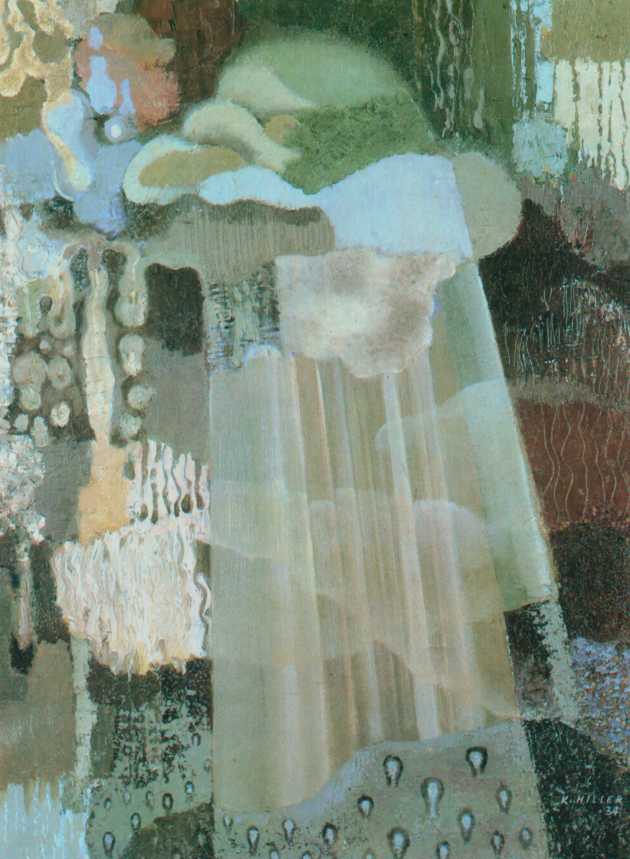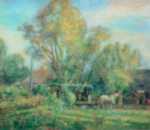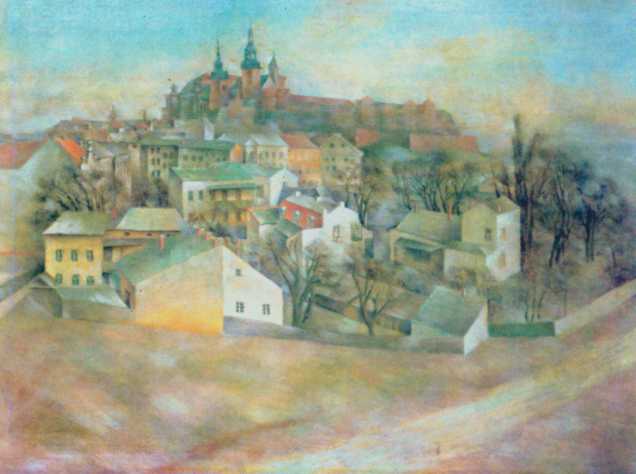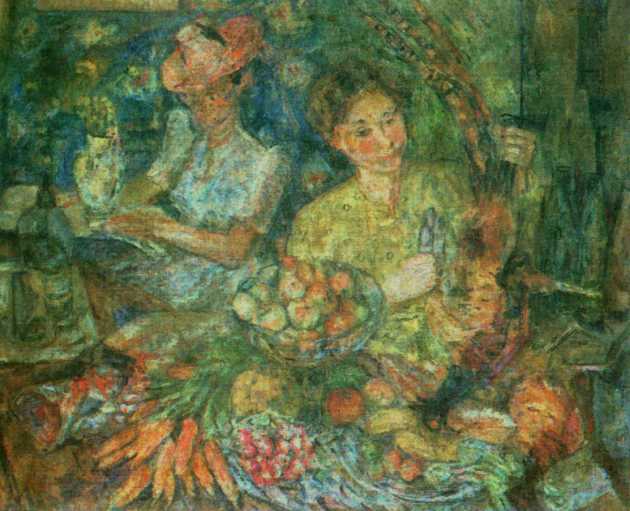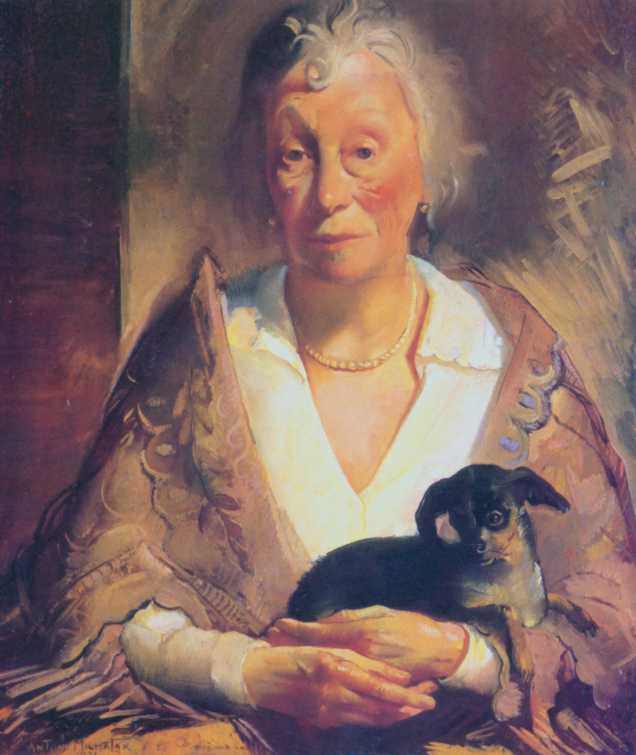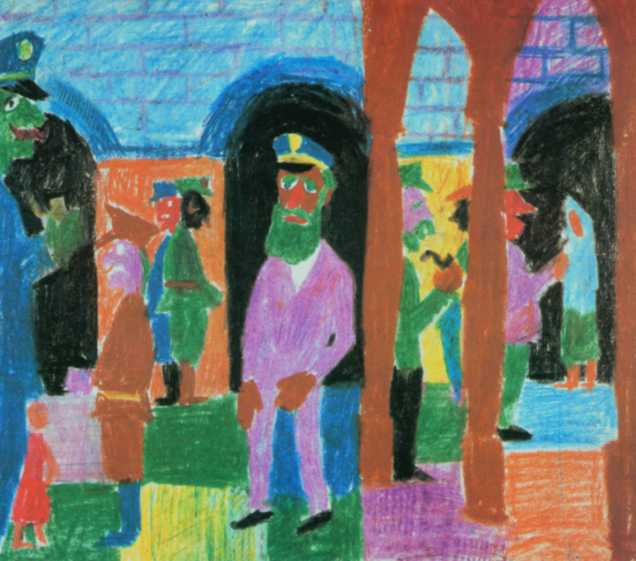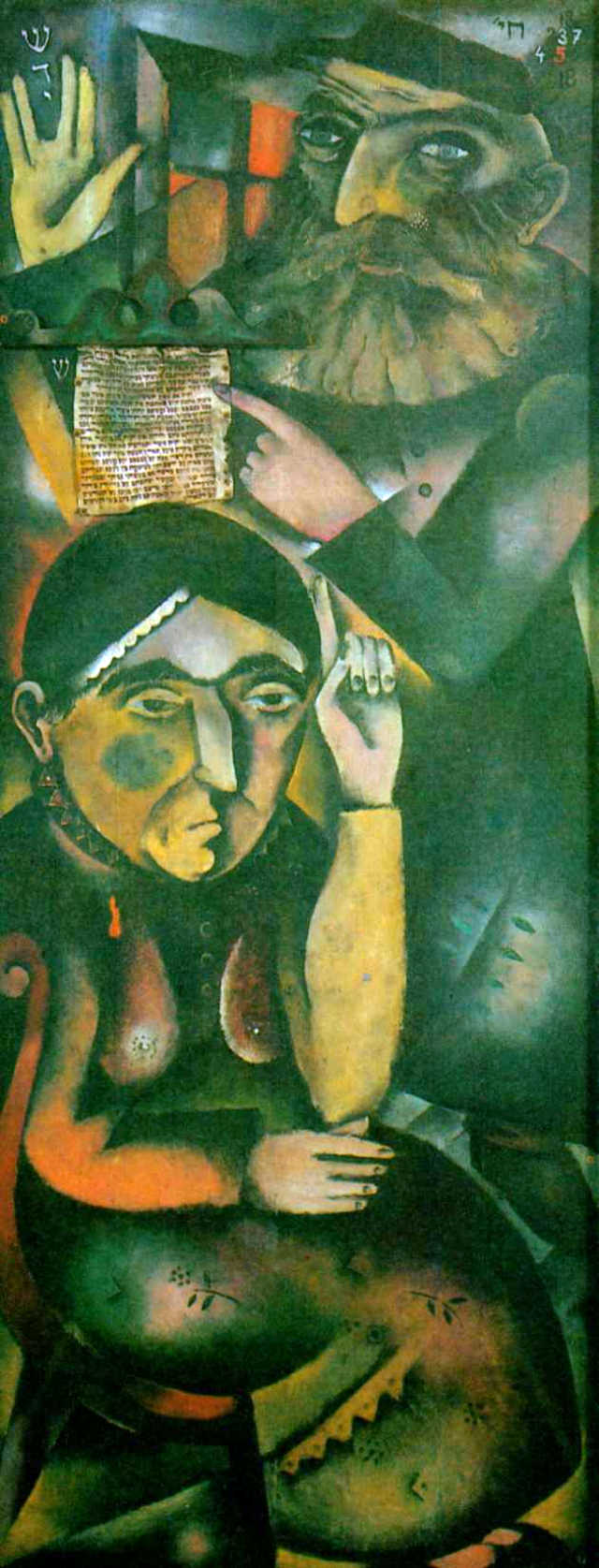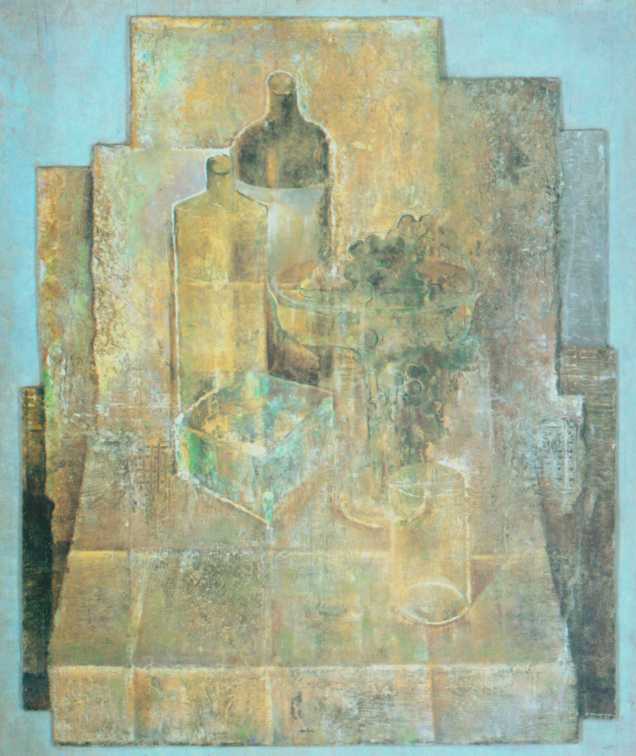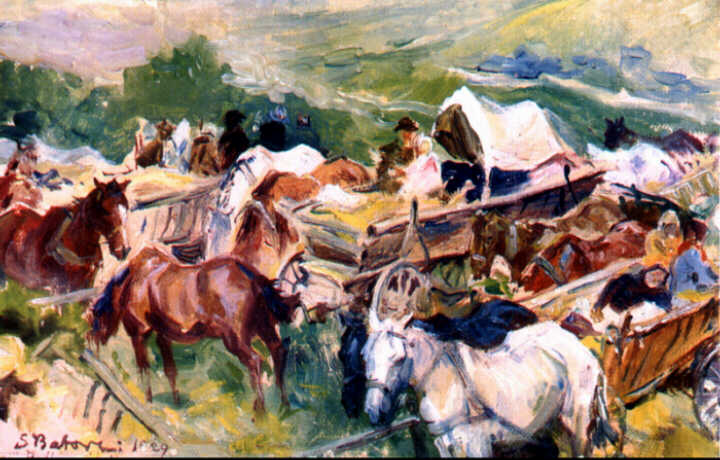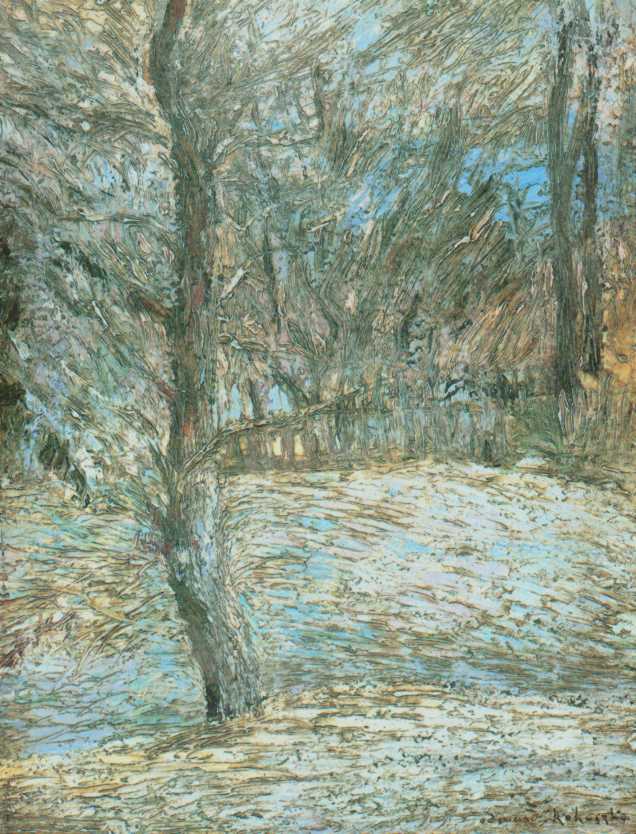Hiller Karol (ur. 1891 Łódź, 1939 he was shot dead in the Lucmier forests near Łódź).
Painter, chart, publicist, social activist, member of the group Start, ZZPAP and ZZAP. He graduated from the Handicraft and Industrial School in Łódź, w l. 1910-12 studied chemistry at the Technical University of Darmstadt, and then at the Polytechnic Institute in Warsaw. W 1916 began his artistic studies at the Academy of Fine Arts in Kiev under the supervision of M.. Boyczuk, Byzantine painter. He was interested in painting techniques, he researched the old recipes in the archives of the Pechersk Lavra, which he later used to use icon tempera in his works. He spent the years of the October Revolution in Kiev, probably performing the function of the People's Commissar there. W 1921 he returned to Poland and settled permanently in Łódź, where he was active in artistic and social activities. Hiller's works echoed his irrational concept of reality, and often also emphasizing the biological values of life. He also took up the subject of modern, industrial city and laborer work, creating compositions, in which the human figure was supplemented with elements of machines, or images that are precise, with shiny metallic structures, resembling engine cross-sections. The style of his works has evolved from constructivism to surrealism, with a branch towards organic abstraction. Hiller was also the author of murals and stained glass, he conducted experiments with the heliographic technique he had invented; collaborated with the publishing house “Renaissance”, he was a co-editor of the journal ZZPAP in Łódź Forma, in which he published a number of program-theoretical and analytical articles, presenting in them his artistic worldview.
Painter, chart, publicist, social activist, member of the group Start, ZZPAP and ZZAP. He graduated from the Handicraft and Industrial School in Łódź, w l. 1910-12 studied chemistry at the Technical University of Darmstadt, and then at the Polytechnic Institute in Warsaw. W 1916 began his artistic studies at the Academy of Fine Arts in Kiev under the supervision of M.. Boyczuk, Byzantine painter. He was interested in painting techniques, he researched the old recipes in the archives of the Pechersk Lavra, which he later used to use icon tempera in his works. He spent the years of the October Revolution in Kiev, probably performing the function of the People's Commissar there. W 1921 he returned to Poland and settled permanently in Łódź, where he was active in artistic and social activities. Hiller's works echoed his irrational concept of reality, and often also emphasizing the biological values of life. He also took up the subject of modern, industrial city and laborer work, creating compositions, in which the human figure was supplemented with elements of machines, or images that are precise, with shiny metallic structures, resembling engine cross-sections. The style of his works has evolved from constructivism to surrealism, with a branch towards organic abstraction. Hiller was also the author of murals and stained glass, he conducted experiments with the heliographic technique he had invented; collaborated with the publishing house “Renaissance”, he was a co-editor of the journal ZZPAP in Łódź Forma, in which he published a number of program-theoretical and analytical articles, presenting in them his artistic worldview.
Rollers, ok. 1938
oil, canvas, 50 x 69 cm;
Museum of Art in Łódź;
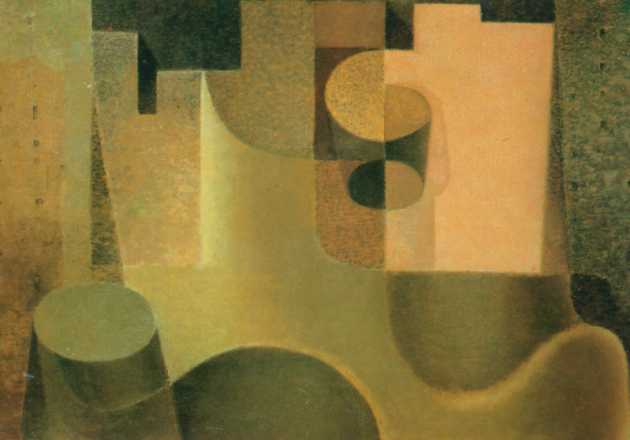
oil, canvas, 50 x 69 cm;
Museum of Art in Łódź;

Composition “About”, 1928
oil, gold, plate, 120 x 47 cm;
Museum of Art in Łódź;
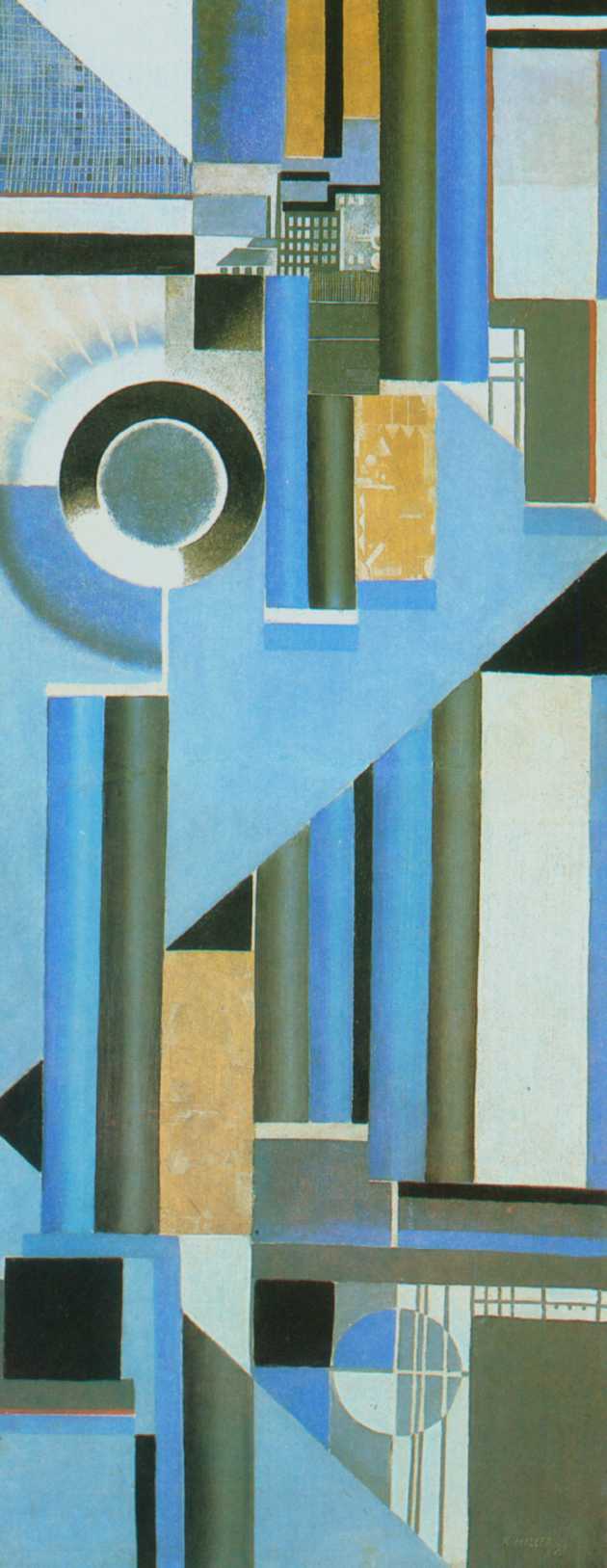
oil, gold, plate, 120 x 47 cm;
Museum of Art in Łódź;

Rain, 1934
oil, canvas, 86 x 64 cm;
Museum of Art in Łódź;
oil, canvas, 86 x 64 cm;
Museum of Art in Łódź;
